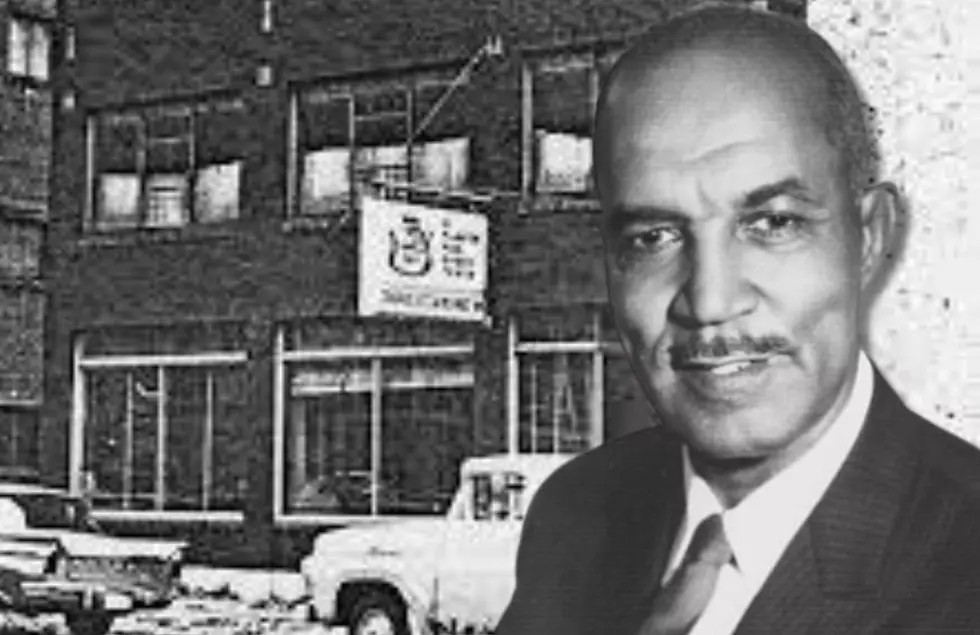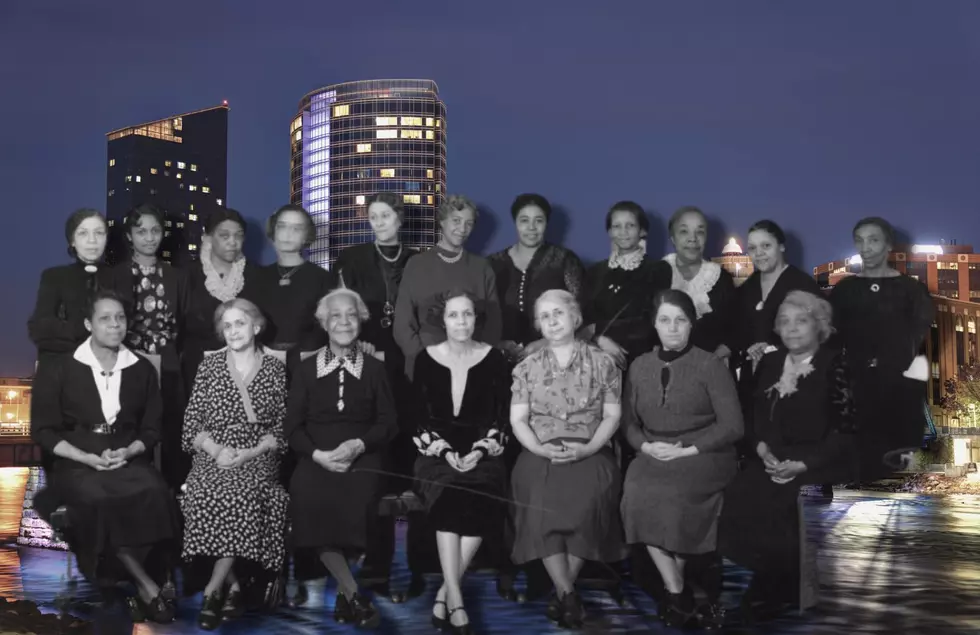
Did You Know Dr. Robert W. Claytor was the Founder of the Grand Rapids Urban League?
All month long, the Grand Rapids Historical Society and I will be sharing Black History facts that have taken place right here in Grand Rapids.

If you missed the last one, you can learn about Helen Jackson Claytor, educator, social justice warrior, and first Black board president of both the Grand Rapids and national YWCA
Today's Black History Fact is about Helen's husband, Robert W. Claytor.
Robert W. Claytor was born September 26, 1897, to a farming couple in Floyd County, Virginia, the youngest of 13 children. One generation removed from slavery – to obtain his education, Claytor traveled 250 miles from home to attend a black high school, Virginia Normal Industrial Institute, in Christiansburg, VA, because he wasn’t allowed into the all-white facility two miles from his home. He graduated from high school at age twenty-five.
After high school, he enrolled in the Wharton School of Business at the University of Pennsylvania, but he left soon after, convinced there was no future for Black people to thrive in business at that time. Robert then enrolled at Northwestern University in Chicago where he received his Bachelor of Science degree.
It was then that Robert decided to pursue a career as a doctor. His new journey required even more perseverance from him. He was refused entry into medical school at Northwestern because the quota for Black students was filled. Not giving up, he entered Meharry School of Medicine in Nashville, Tennessee, and graduated in 1934.
Due to job opportunities being limited in the South, after interning at Chicago’s Provident Hospital, Claytor came to Grand Rapids in 1936 and set up practice, becoming the area’s third Black doctor.
His first office was above the Burkhead and Collins Drug Store at the southeast corner of Monroe Avenue and Michigan Street, which is now known as the Medical Mile. Dr. Claytor received privileges at Saint Mary’s Hospital shortly after his arrival, becoming the first hospital-employed Black physician in Grand Rapids.
Dr. Robert W. Claytor met the love of his life, Helen Natalie Jackson Wilkins during her nationwide travels for the YWCA National Board of Directors to study and facilitate workshops on race relations. These travels brought her to Grand Rapids so Helen and Dr. Robert married in 1943 and made Grand Rapids their family home for the next 60 years. Robert and Helen had two daughters together.
Helen moved to Grand Rapids during a time when racial problems were not yet at the forefront. Turbulent times occurred during the late 40s, and both Robert and Helen shared the same philosophy of improving the lives of the Black community here and never lost sight of that. Each of them worked to accomplish this goal through their contributions to the community in their careers.
At the intervention of Dr. Robert’s friend and ally, Bishop Lewis Bliss, who threatened to resign from the board if Claytor was not appointed as a doctor there, Dr. Claytor became the first Black doctor at Butterworth Hospital. This cemented their friendship and commitment to equity as Bishop Bliss and Claytor were co-founders of the Brough Community Association which later evolved into the Grand Rapids Urban League.
Claytor served as the Urban League president from 1946-1949 and remained active in the organization. He was a life member of the Grand Rapids chapter of the NAACP and was a member of the Grand Rapids South Rotary. During the 1950s, he moved his practice to 1424 Madison Ave. SE., where he became a member of the Madison Square Business Association.
Claytor was truly a community treasure – working visibly through the Community Chest and Grand Rapids Urban League and quietly through his day-to-day dedication to his patients, giving health care to those in need regardless of their ability to pay.
Dr. Claytor was a man who sought neither riches nor accolades. Urban League President Walter Brame said, speaking about Dr. Claytor: “The story of so many Black people in this town is that he delivered them or they referenced him at key points in their lives,” “... so many people were telling how he gave them a free physical or delivered them (as babies).” Dr. Claytor delivered 'well over a thousand' babies; many of them in their homes.
Dr. Claytor was undoubtedly a true man of the people here in this city. He was named Family Physician of the Year in 1976 by the Michigan Academy of Family Physicians, later honoring him in 1984 for 50 years of family practice. After a long illness, Dr. Claytor died on February 27, 1989.
In 1997, St. Mary’s Health Care honored Dr. Claytor by naming their new health center at Hall and Madison, located near where his own doctor’s office once was, the Browning Claytor Health Center.
Dr. Robert Claytor was an unbreakable pillar of humanity and Black love in the Grand Rapids community. His selflessness showed through his dedication and care for each person he came into contact with. We extend our sincere gratitude to our ancestor Dr. Robert Claytor. May we all continue to honor his legacy through acts of selfless service and helping our brothers and sisters in need. It’s the Claytor way.
LOOK: 50 essential civil rights speeches
More From Magic 104.9









